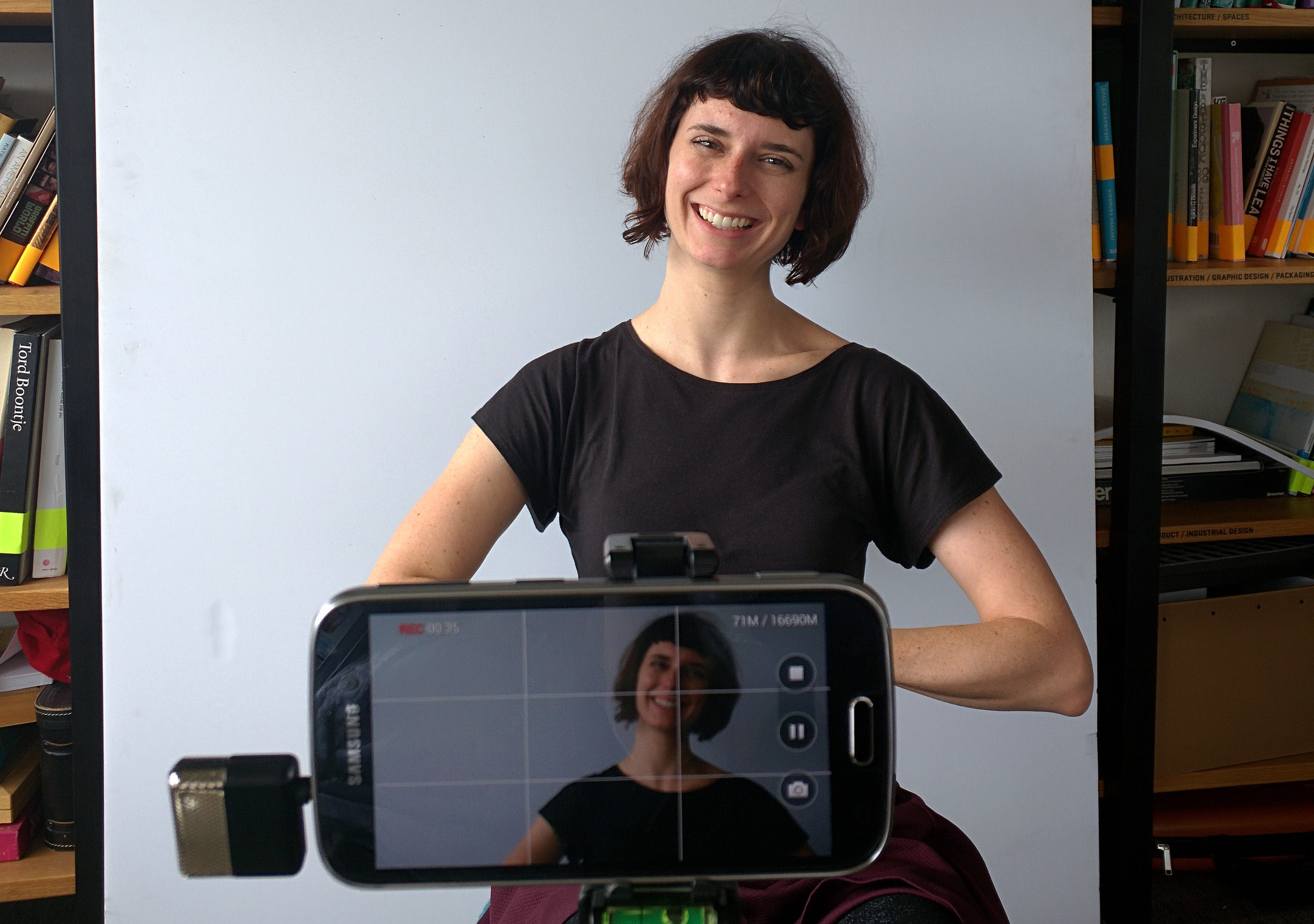Shooting Better Sit-down Interviews with a Mobile
Shooting interviews with any camera is a challenge. Doing it well with a mobile can often make it even more difficult. But mobile also has some advantages. The cameras are pretty simple, upload immediately and share content significantly faster.
In August I had to shoot some interviews with a mobile during a residency I did at Ideo, a global design firm with a human-centered, design-based approach. I was lucky enough to spend two weeks with them this past August. I want to share some of what I learned about shooting interviews with a mobile.

